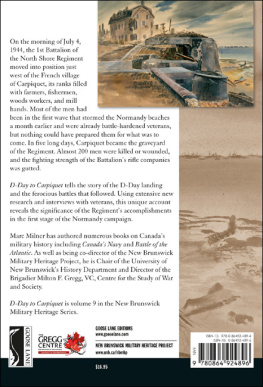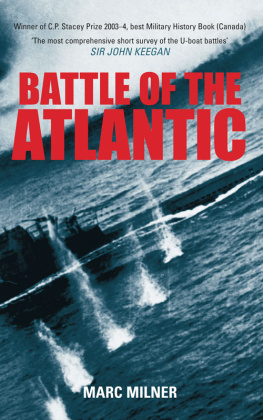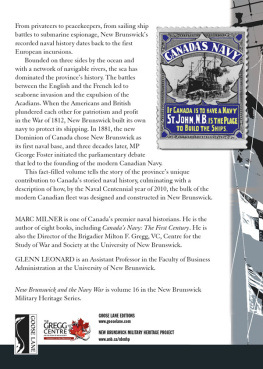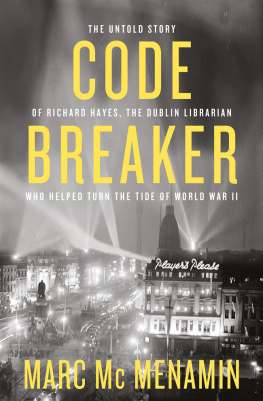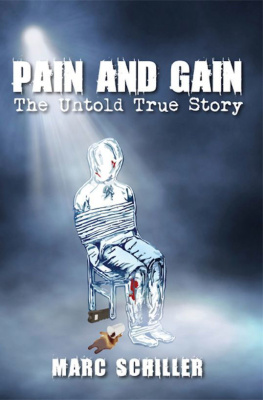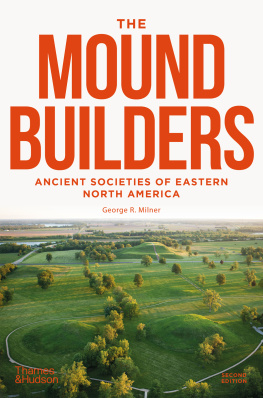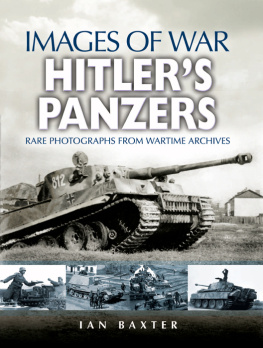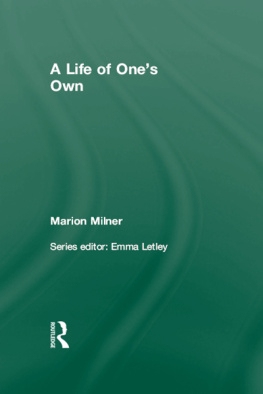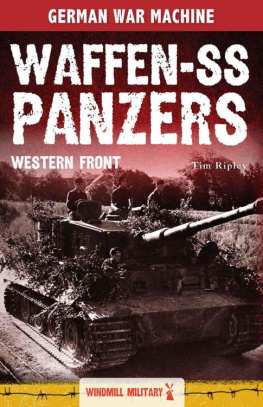STOPPING THE PANZERS
MODERN WAR STUDIES
Theodore A. Wilson
General Editor
Raymond Callahan
J. Garry Clifford
Jacob W. Kipp
Allan R. Millett
Carol Reardon
Dennis Showalter
David R. Stone
Series Editors
STOPPING THE PANZERS
The Untold Story of D-Day
Marc Milner
University Press of Kansas
2014 by the University Press of Kansas
All rights reserved
Published by the University Press of Kansas (Lawrence, Kansas 66045), which was organized by the Kansas Board of Regents and is operated and funded by Emporia State University, Fort Hays State University, Kansas State University, Pittsburg State University, the University of Kansas, and Wichita State University
Library of Congress Cataloging-in-Publication Data
Milner, Marc.
Stopping the panzers : the untold story of D-Day / Marc Milner.
pagescm. (Modern war studies)
Includes bibliographical references and index.
ISBN 978-0-7006-2003-6 (cloth : alk. paper)
ISBN 978-0-7006-2049-4 (ebook)
1. Operation Overlord.2. World War, 19391945CampaignsFranceNormandy.3. World War, 19391945Tank warfare. I. Title.II. Title: Untold story of D-Day.
D756.5.N6M4952014
940.5421421dc23
2014029772
British Library Cataloguing-in-Publication Data is available.
Printed in the United States
10987654321
The paper used in this publication is recycled and contains 30 percent postconsumer waste. It is acid free and meets the minimum requirements of the American National Standard for Permanence of Paper for Printed Library Materials Z39.48-1992.
Once upon a time there was a war, but so long ago and so shouldered out of the way by other wars and other kinds of wars that even people who were there are apt to forget.
John Steinbeck, Once There Was a War, 1958
CONTENTS
MAPS
ABBREVIATIONS
AGRA | army group, Royal Artillery |
AHEC | Army Heritage and Education Center |
APCBS | armor-piercing, capped ballistic shell |
AVRE | armored vehicle, Royal Engineers |
CCRA | corps commander, Royal Artillery |
CSR | Canadian Scottish Regiment |
CinC | commander in chief |
COSSAC | chief of staff to the supreme Allied commander and/or his staff |
CRA | commander, Royal Artillery (division level) |
DD | duplex drive, swimming Sherman tanks |
DF | defensive fire |
DHH | Directorate of History and Heritage, Ottawa |
DUKW | amphibious truck |
FOO | forward observation officer |
FOB | forward officer, bombardment (naval) |
FUSAG | 1st US Army Group |
GR | grenadier regiment |
IJP | Initial Joint Plan |
JIC | Joint Intelligence Committee |
KSLI | Kings Shropshire Light Infantry |
LAC | Library and Archives of Canada |
LCA | landing craft, assault |
LCMSDS | Laurier Centre for Military Strategic and Disarmament Studies |
LCT | landing craft, tank |
M7 | 105mm self-propelled gun |
M10 | self-propelled antitank gun |
NNSH | North Nova Scotia Highlanders |
NSR | North Shore (New Brunswick) Regiment |
OKW | Oberkommando der Wehrmacht |
PIAT | projectile, infantry antitank |
PR | panzer regiment |
PG | panzer grenadier |
PGR | panzer grenadier regiment |
PGLR | panzer grenadier Lehr regiment |
POW | prisoner of war |
RA | Royal Artillery |
RAF | Royal Air Force |
RCA | Royal Canadian Artillery |
RCAF | Royal Canadian Air Force |
RCT | regimental combat team |
RM | Royal Marines |
RMAS | Royal Marine Assault Squadron |
RWR | Royal Winnipeg Rifles |
SHAEF | Supreme Headquarters, Allied Expeditionary Force |
SOS | prearranged emergency close fire support |
SPs | self-propelled guns |
SS | Schutzen Staffel, Nazi military force |
TNA | The National Archives, Kew, England |
WN | Widerstandsnest (strongpoint) |
WO | War Office, UK |
ACKNOWLEDGMENTS
This book has been decades in the making. Indeed, as the son of a D-Day vet who fought in these epic engagements, I have long been aware of the landings and the initial beachhead battles. The debates and discussions with my father over the who, what, when, where, and how of Normandy began early and only ended with his death in 2006. My discovery (only after enrolling) that the University of New Brunswick had a program in military history simply stoked that interest. So, too, did the mentoring of another Normandy vet, Professor Dominick S. Graham. The rest, as they say, is history.
Despite my thirty-five-year distraction as a naval historian, Normandy was never off the radar. Since coming back to UNB in 1986, most of what I have taught in the classroom and supervised at the graduate level has been army history. Given UNBs proximity to the Canadian armys corps schools at CFB Gagetown, army history wasand remainsa natural focus for our program. You can, quite literally, do military history here to the sound of guns firing. Heated discourses on tactics and doctrine, weapons templates, beaten zones, command thresholds, in support or under command, and C3I issues still dominate casual discussion in the hallway. Not surprisingly, then, most of the sixty-plus masters and doctoral theses I have supervised over the years have been on army topics. Among these, several graduate students require special mention for feeding the Normandy passion: David Wilson, who worked on armored doctrine, Dan Malone for his work on naval fire support, Mike Sullivan for his look at combat motivation in the 12th SS, Arthur Gulachsen for taking a closer look at casualties in the 12th SS, and Larry Zaporzan for his MA on Radley-Walters. John Rickards PhD on General Andy McNaughton changed my thinking (and probably that of many others) about that much-maligned Canadian general. Chris Kretschmar, an MA student who actually did a thesis on naval history, worked for me on a number of occasions as a research assistant and very kindly ferretted out the information of the personnel strength of 12th SS in the spring of 1944.


